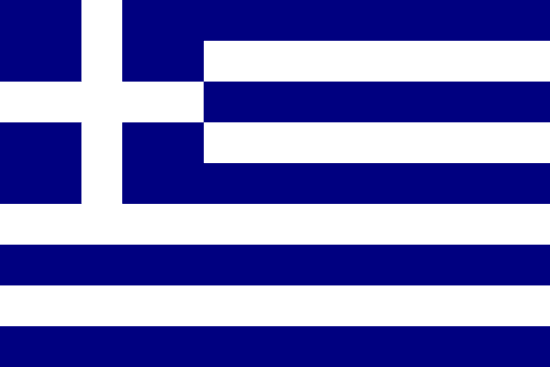"Η νήσος των φιστικιών και των αρχαίων ναών | The island of pistachios and ancient temples"
About:
Aegina is an island in Greece, first inhabited in the Neolithic period. It flourished as a maritime power in the 7th-5th centuries BC, issuing its own coinage. Aegina was a major rival of Athens and was conquered by them in 457 BC. It changed hands among various powers in the following centuries, including the Romans, Byzantines, Venetians, and Ottomans. Aegina became part of independent Greece in 1829. Today, it's known for its pistachios, ancient ruins, and as a popular tourist destination.
When to visit:
Aegina, an island in the Saronic Gulf of Greece, experiences a Mediterranean climate characterized by hot, dry summers and mild, wet winters. The peak tourist season in Aegina typically falls between June and September when the weather is warm and ideal for outdoor activities such as swimming and sightseeing. However, visiting during the shoulder seasons of spring (April to May) and autumn (October to November) can also be pleasant, with fewer crowds and milder temperatures. Ultimately, the best time to visit Aegina depends on individual preferences, with each season offering its own unique charm and attractions.
When to avoid:
Traveling to Aegina during the peak summer months of July and August may not be the most ideal choice for holidaymakers seeking a peaceful and uncrowded experience. The island can become overcrowded with tourists during this period, leading to long queues at popular attractions, congested streets, and limited availability at accommodations and restaurants. Additionally, the scorching heat of the summer sun may make outdoor activities less enjoyable for some visitors. To avoid the crowds and high temperatures, travelers may consider visiting Aegina during the shoulder seasons of spring or fall when the weather is milder and the island is less crowded.
Winter (Dec-Feb)
Winter in Aegina, Greece, from December to February, is the coldest and wettest season. The average temperature ranges from 8-15°C (46-59°F). Rainfall is highest in December with an average of 70mm, making the island green and lush. Sunlight is reduced to 5-6 hours a day. Cloud cover is prevalent, often leading to overcast skies. An average day for a visitor might involve exploring the island under a light drizzle or enjoying indoor activities such as visiting museums or local eateries. Despite the chill, the island's beauty remains undiminished.
Summer (June-August)
Aegina, a picturesque island in Greece, experiences its warmest weather from June through August. During this period, the average high temperatures range from 28°C (82°F) to 33°C (91°F), with the peak usually in July.
Rainfall is minimal in these months, with July being the driest month of the year. The island receives an average of 12 to 13 hours of sunlight per day, providing plenty of daylight for outdoor activities. Humidity levels are relatively low, ranging from 40% to 60%, contributing to the comfortable warmth rather than a suffocating heat.
Cloudiness is also minimal, with clear, blue skies dominating the summer months. This means you will have many opportunities to enjoy the beautiful sunsets that Aegina is known for.
A typical day for a visitor during the warmest part of the year in Aegina would start with a mild morning, warming up to a hot afternoon. The heat is usually dry rather than humid, making it more comfortable. You could spend your day exploring the island, swimming, or just relaxing on the beach. Evenings are cooler, perfect for alfresco dining or a leisurely walk. Remember to stay hydrated and wear sun protection during the day.
Language:
In Aegina, a Greek island, the most commonly spoken language is Greek. Due to its popularity as a tourist destination, English is also widely understood and spoken, especially in areas with high tourist traffic. Other languages such as German, French and Italian may also be encountered due to international tourism.




